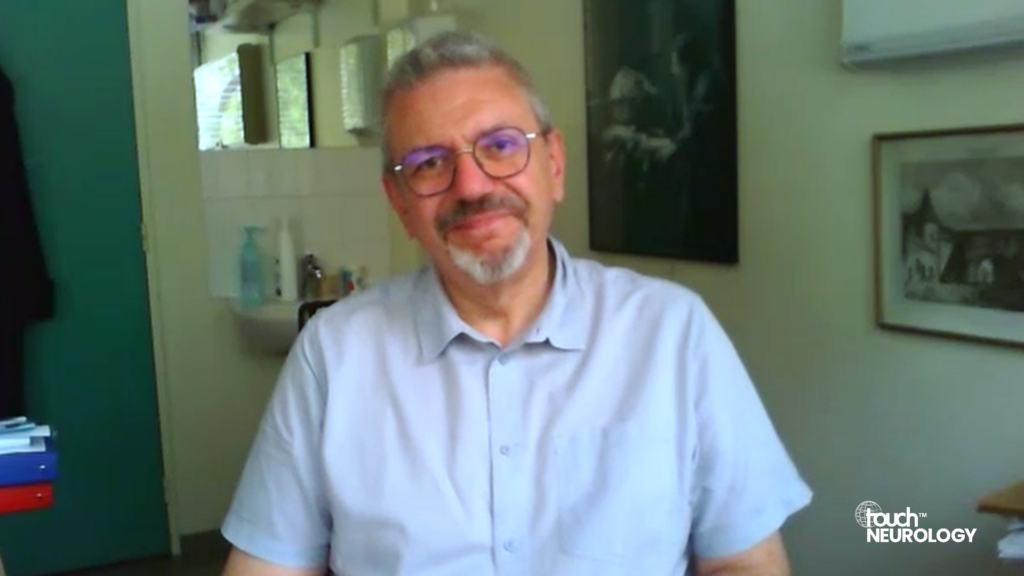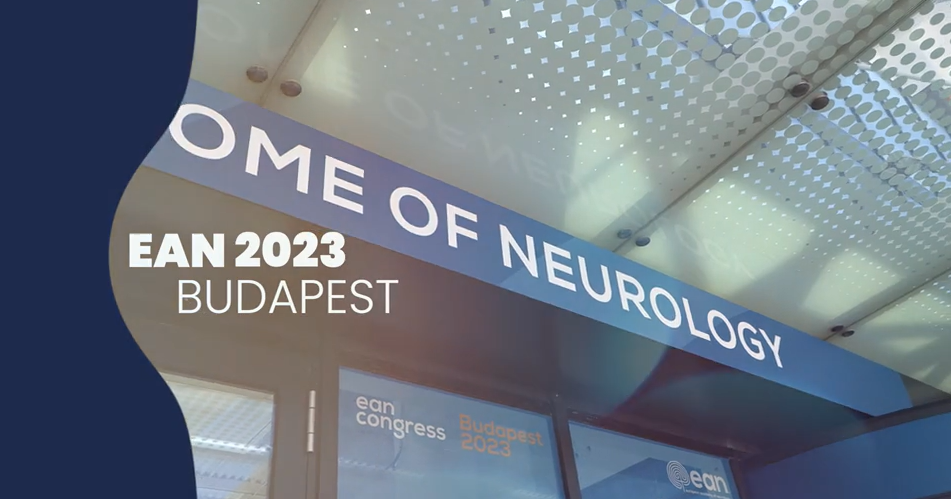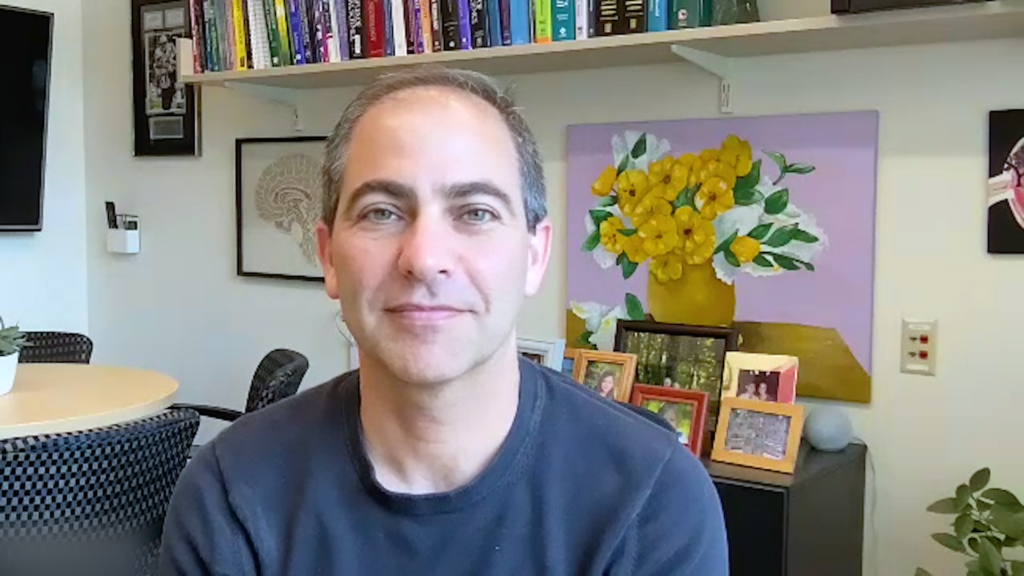The European neuromuscular expert working group has published an updated European consensus on the use of gene therapy for the treatment of spinal muscular atrophy (SMA) .
In 2020, the group was convened to support the rational use of onasemnogene abeparvovec in a European ad-hoc consensus statement. Three years later, a larger group of European experts have reassessed the emerging evidence of onasemnogene abeparvovec’s effectiveness in treating older and heavier patients with SMA, incorporating insights from recent clinical trials and real-world data leading to the development of 12 consensus statements.
The consensus statement remained unchanged in a number of cases, such as basing treatment decisions on the SMN2 copy number presymptomatic patients, that age at onset, disease duration and motor function status at the start of treatment are key factors in predicting the response to treatment and the importance of informing the parents of patients who present symptoms at birth, are treated after a long disease duration, or have a severe progression that despite gene therapy, there is a high risk of severe disability. Centres offering gene therapy for SMA need extensive expertise in the assessment and treatment and that data on the effectiveness and safety of onasemnogene abeparvovec should be systematically collected for all treated patients. The authors stress the importance of continuing collaboration between the pharmaceutical industry, regulators, patient representatives and academic networks to ensure new data on effectiveness and safety are made publicly available in an unbiased and timely manner.
The revised recommendations for treating older and heavier patients with onasemnogene abeparvovec are based on additional data from the SMART trial (NCT04851873) indicating that these patients face a higher risk of adverse events and require higher doses of steroids for longer periods. Since the risk of gene therapy increases with the dose, which is proportional to the patient’s weight and age, the recommendations advise treating heavier and older patients with caution due to limited available data. Physicians should discuss the unknown risk–benefit ratio with families and manage expectations carefully. While the weight limit of 13.5 kg has been removed, the recommendation to continue collecting safety and effectiveness data under a rigorous protocol remains. Treatment for patients over 21 kg is not recommended.
Due to the lack of convincing evidence for the superiority of combining two disease-modifying treatments, such as gene therapy with nusinersen or risdiplam, combinatorial therapies are not currently recommended. A controlled clinical trial with a head-to-head comparison is considered the gold standard to resolve this issue.
A new consensus statement is that SMA should be included in newborn screening programs in countries where at least one disease-modifying treatment is readily available. Patients identified by newborn screening should be evaluated by a paediatric neurologist experienced with neuromuscular diseases as soon as possible. These patients require careful clinical evaluation and assessment of additional biomarkers (e.g. SMN2 copy number). As soon as either symptoms or low SMN2 copy numbers (≤3) are detected, disease-modifying treatment should be initiated without any delay.
The updated European consensus represents a significant step forward in the rational application of onasemnogene abeparvovec to optimize patient outcomes and inform clinical decisions, ultimately enhancing the quality of care for individuals with SMA.
Read the full consensus publication here.
Disclosure: This article was created by the touchNEUROLOGY team utilizing AI as an editorial tool (ChatGPT (GPT-4o) [Large language model]. https://chat.openai.com/chat.) The content was developed and edited by human editors. No funding was received in the publication of this article.











